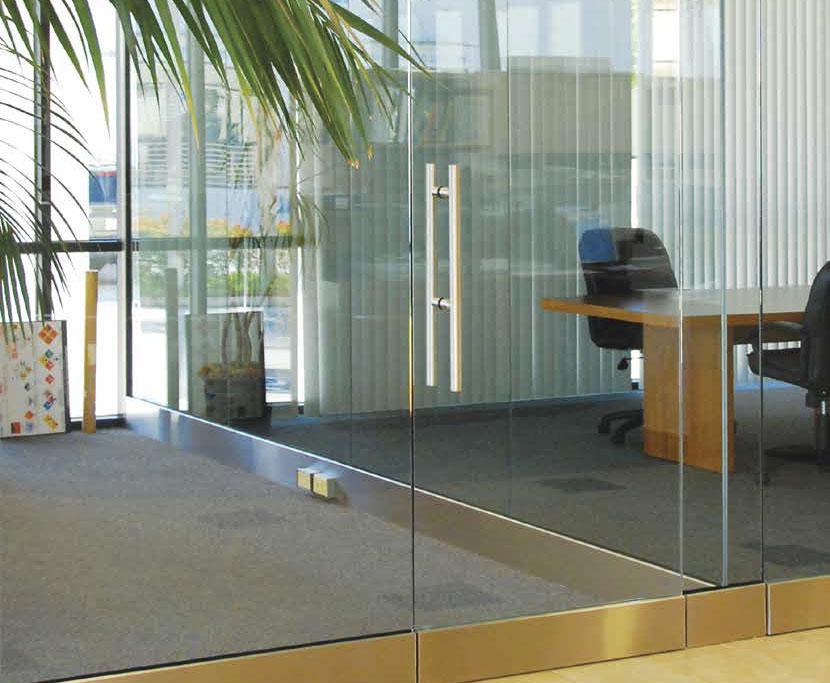先进中间层解决方案部门 项目 Trosifol Extra Stiff
ADVANCED INTERLAYER SOLUTIONS


Glass has always been a popular material with architects and designers thanks to the aesthetic features it offers. This is especially true in modern architecture, where natural light flow, unobstructed views and infinity effects have become incredibly sought after in contemporary designs for both residential and commercial properties.
The historical issue with glass has been one of safety – especially concerning breakage in areas that are over head of people and property. Laminated glass addresses the issue of glass particle retention after breakage, however, if the glass is minimally supported rather than fully framed on all sides, a flexible interlayer may not be sufficient to hold the entire panel in place if breakage occurs. The use of stiff interlayers in structural glazing applications helps to minimize risk, while at the same time, delivers design benefits.
According to Jennifer Schneider, Structural & Security Glazing Segment Manager, Kuraray America Inc.: “Stiff interlayers increase the strength of the glass structure by creating a coupling effect, which allows for higher loads with the same glass thickness or a reduction in glass thickness for the same loads. Kuraray offers two stiff interlayers options, a stiff PVB and an Ionoplast interlayer, each having unique properties allowing more design freedom to architects and structural engineers. New-generation stiffer interlayers, such as Trosifol ES from Kuraray, have taken the safety performance characteristics of laminated glass even higher, offering architects and structural engineers much greater confidence in their capabilities – especially their superior post-breakage performance – by providing full structural properties up to 30 °C.”
It is for this reason that Trosifol ES is becoming regarded as the interlayer of choice for interior open-edge applications, such as railings and balustrades and interior structural glazing applications, such as floors, stairs and partitions.
According to Andrew Chatfield, Director of Architectural Glass Systems & International Sales at Wagner: “From our perspective we are looking for structural integrity. We are being pushed to offer increased performance based on IBC codes and the market is demanding glass that stays in place following a breakage event. In the past there has only really been one alternative in terms of interlayer technologies, but stiff PVBs such as Trosifol ES could definitely offer an alternative in applications below 30 °C.
Applications
Region
Interlayer






Keep up with the very latest news in laminated glass innovations and procedures by subscribing to our free Laminated Glass News.
Subscribe here